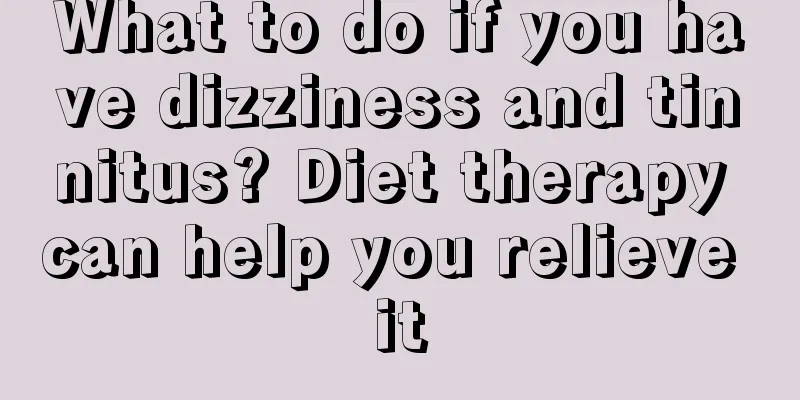What to do when a lung nodule is found and suspected to be lung cancer

|
Some patients are found to have small nodules in their lungs during CT scans. If they want to rule out the possibility of lung cancer, they should undergo a multidisciplinary evaluation and receive smoking cessation counseling. Lung cancer risk assessment Medical history: At this point, the doctor needs to analyze the patient's age, smoking history, cancer history, family history, occupation, other lung diseases (such as chronic obstructive pulmonary disease and pulmonary fibrosis), exposure to infectious pathogens (such as fungal infections, areas where tuberculosis is endemic), or risk factors or medical history that suggest a previous infection (such as immunosuppression, aspiration, symptoms of respiratory tract infection). Imaging factors: After a detailed understanding of the patient's medical history, imaging examinations should also be performed to determine the size, shape, and density of lung nodules, associated lung parenchymal changes (e.g., scarring or suspected inflammatory changes), and PET imaging showing enhanced metabolism (increased affinity for fluorodeoxyglucose (FDG)). After the above evaluation, the doctor will make corresponding treatment according to the size and characteristics of the nodule: 1) For lung nodules smaller than 8 mm, regular radiological examinations (such as CT) and follow-up are required; 2) For solid non-calcified nodules larger than 8 mm, consider PET-CT scanning; if lung cancer is suspected, a biopsy or surgical resection is required. If cancer is ruled out, regular health check-ups and lung cancer screenings can be performed. If cancer is confirmed, it will be treated as lung cancer. 3) For non-solid or partially solid nodules larger than 10 mm, it is recommended to have an LDCT examination every 3 to 6 months. If the condition is stable, an LDCT examination should be performed every 6 to 12 months, or a biopsy or surgical resection should be performed. If the nodule continues to grow, surgical resection is required. If the nodule is pathologically confirmed to be lung cancer, the treatment and follow-up should be carried out according to the treatment principles of lung cancer. |
<<: Which foods are more conducive to the recovery of kidney cancer
>>: If chronic stomach pain changes, be alert to stomach cancer
Recommend
Develop good living habits
With the changes in people's pursuits nowaday...
Have you noticed the early symptoms of nasopharyngeal cancer?
Nasopharyngeal carcinoma refers to a malignant tu...
What is the best diet for gastric cancer chemotherapy
What is the best diet for gastric cancer chemothe...
Normal transaminase value
With the continuous improvement of modernization,...
How to remove spots with ginkgo leaves?
Ginkgo leaf is a very common plant in daily life....
What are the treatments for bladder cancer?
What are the treatments for bladder cancer? Bladd...
How to check for early lung cancer? These methods are very good for treating early lung cancer
Lung cancer has a series of early symptoms, such ...
Insulin and obesity
Insulin is a relatively common drug and is also a...
What are the causes of colorectal cancer
In recent years, colorectal cancer has become one...
The difference between red bone marrow and yellow bone marrow
Bone marrow is an important substance in the huma...
Are skin cancer patients contagious?
Skin cancer is a type of cancer. As skin cancer i...
What stage is the liver cancer of 5CM in size
What stage is liver cancer of 5cm in size? 1. Liv...
Can nasopharyngeal carcinoma be cured? What are the treatments?
Can nasopharyngeal cancer be cured? What are the ...
What are the symptoms after treatment of nasopharyngeal carcinoma
What are the symptoms after treatment of nasophar...
Traditional Chinese medicine formula for treating bone cancer
What are the Chinese medicine formulas for treati...









